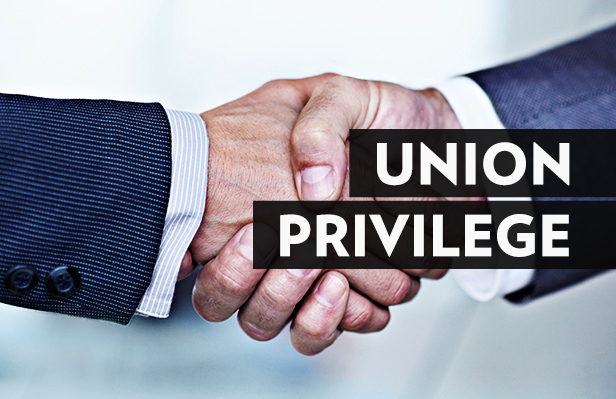Memo

Policy Memo: Government Union Political Spending Trends
Union leaders spend millions each year to further their own political agenda, regardless of public sector employees’ personal political convictions. Pennsylvania’s top 13 government union PACs contributed $26 million to candidates since 2010. Of that total, $20 million came from the top three unions representing government workers: PSEA, AFSCME, and SEIU.
Government union dues fund politics. Though union dues cannot be given directly to candidates, dues can fund radio and TV ads, lobbying expenditures, get out the vote efforts, candidate endorsements, and PAC fundraising. Dues can also be funneled to SuperPACs, which in turn spend unlimited amounts of money supporting or opposing candidates.
- Since 2010, government unions have diverted more than $46.7 million of members’ dues to political purposes. PSEA alone spent $23.2 million.
- Several unions are not required to disclose political dues-spending details, while others wait until months after elections conclude to disclose expenditures. These practices obscure where unions leaders send their members’ hard-earned money.
Campaign spending. An analysis of union contributions reveals a clear partisan preference. The top ten state legislative recipients of union dollars are all Democrats.
Government unions outspend other industries. During the 2016 election cycle, government unions spent a total of $19 million—from dues and PAC money—on politics. Of that total, $3.7 million went directly to candidates. PSEA alone made $1.5 million in contributions, double the spending of the next largest PAC contributor, SEIU State Council.
Government unions continue to significantly outspend other groups, particularly industries accused of excessive political influence.
- The 8 largest natural gas industry PACs reported a combined $1.1 million in the 2016 election cycle. The top 8 government unions outspent the industry by a 15 to 1 ratio.
- Pennsylvania Chamber of Business and Industry and Pennsylvania Manufacturers Association PAC spent $382,780 combined. The two largest government unions, PSEA and AFSCME 13, alone outspent these two largest business PACs by a 29 to 1 ratio.
- Guns rights activists contributed $678,783 through their PACs, the National Rifle Association Victory Fund and Firearm Owners Against Crime, yet were outspent by the top 2 government unions at a 16 to 1 ratio.
National union affiliates target Pennsylvania. National government unions spent heavily in Pennsylvania’s 2016 elections. AFSCME, AFT, SEIU, and UFCW spent $5.8 million on state races. A majority of that spending, $5.3 million, supported Katie McGinty in the most expensive U.S. Senate race in history. Among the next top five Pennsylvania recipients, a combined $134,000 went to four U.S. House candidates.
National government unions joined their Pennsylvania affiliates to affect several high-profile state-level races. The second-largest Pennsylvania recipient of national union money was Attorney General candidate Josh Shapiro. National unions contributed $50,000 of the $235,023 he received in government union funding.
Significant spending did not guarantee candidate success. Government union PAC contributions produced mixed election results at the state level.
Among the 40 union-supported candidates who received $20,000 or more from national and state unions, 65 percent won. Put another way, $6.1 million in government union PAC spending went to fourteen unsuccessful candidates, largely due to McGinty’s defeat.
The top three recipients of union money—Katie McGinty ($5.3 million), Martin Molloy ($300,500) and Sen. Rob Teplitz ($254,450)—lost their campaigns. In contrast, unions donated $404,000 to successful candidates for State Treasurer, Attorney General, and Auditor General.
Conclusion
An analysis of the 2016 elections show that government union leaders have continued their partisan political spending. Yet, it’s unclear if union members support this approach. Only 25 percent of union members believe union leaders represent them well. Passing paycheck protection legislation, which would bar the taxpayer-funded collection of political money, will protect taxpayers from bankrolling political causes they don’t support and enable union members to hold leadership accountable for their spending decisions.